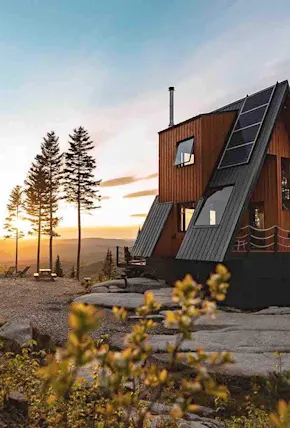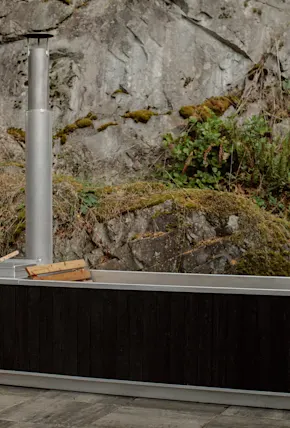Blood permeates under my fingernails. My left pinky and right pointer have gone completely numb. The plum undertones usually on my palm match the light hue of the red wine I’m struggling to hold at my favorite Montreal neighborhood tavern, Bar Henrietta. My friend, photographer Miguel McSongwe and I have just made it back into the city after a preening seven hour drive from up north in search of a deep winter. Barely.
The last few years, snow has been inconsistent out on the east coast of the U.S. Tired of sitting idly by while watching my friends ski in the Rockies, snowshoe in California, and explore British Columbia, I began to search for a mountain range on the eastern side of North America that could prove winter exists on the ice coast. When I brought my problems to all-pro, backcountry guide, Bryce Barnes, he knew exactly where I should go: “Have you looked into the Chic-Chocs?”
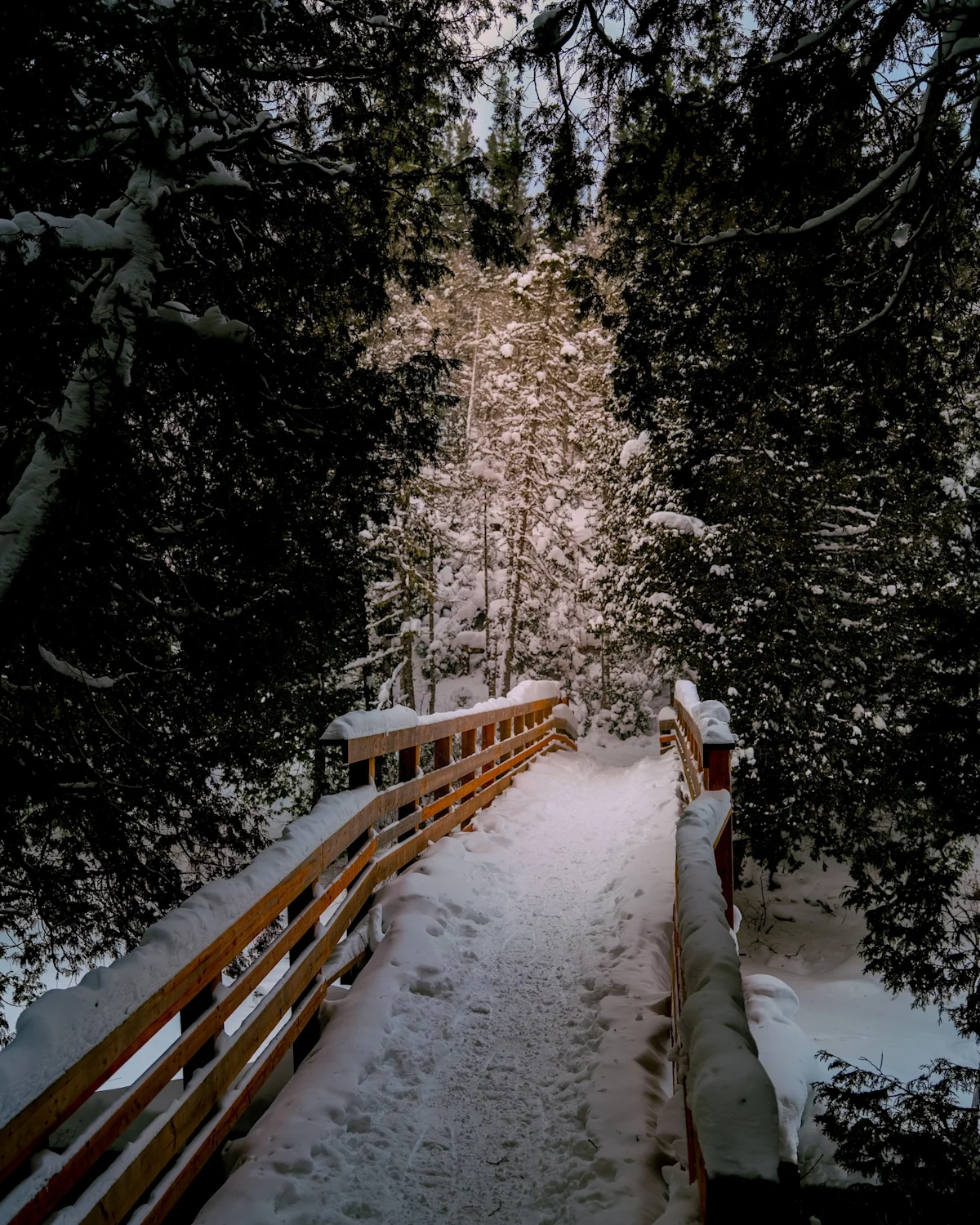
Les Chic-Chocs, an Overview
The Chic-Chocs are located in the Gaspésie region of eastern Canada, specifically Quebec. The peaks here are part of the Notre Dame mountain range, which run all the way down to Vermont. Folks here go from sea-fishing in the summer to ice-fishing on the frozen lakes in the winter. The towns, between mountains and the sea, offer ample opportunities for winter fun. Don’t miss the opportunity for an indulgent maple syrup tastings.
The mountain gets its name from the Mi’kmaq indigenous word, sigsôg, meaning “impenetrable barrier." The Chic-Chocs demand capitulation to the Quebec philosophy of plein air: the act of being outside, one with nature. If you aim to summit these Appalachien peaks, you must treasure the climb up just as much as the ride down.
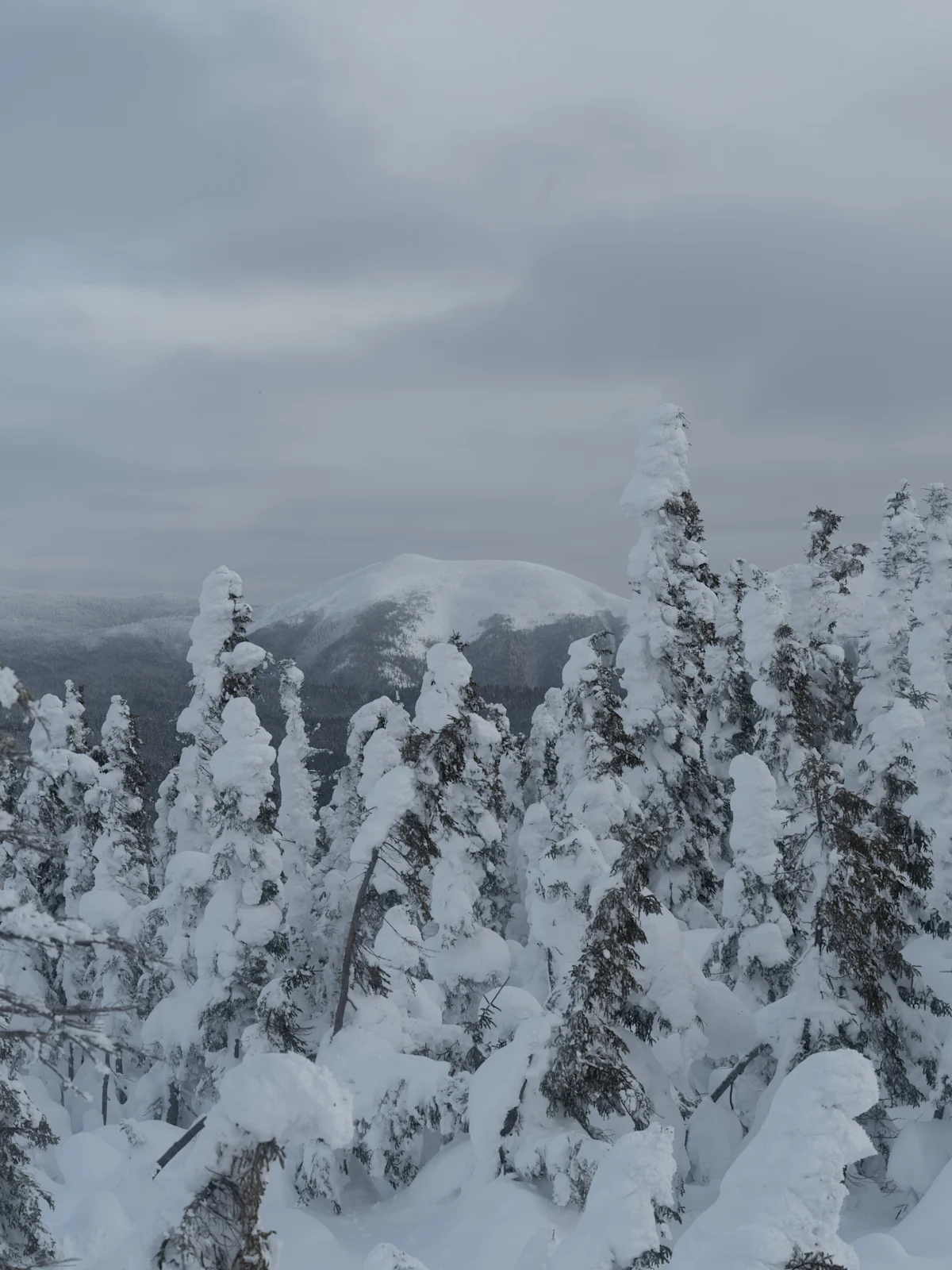
The mountains are an hour-long plane ride from New York to Montréal-Trudeau International Airport, and then a gorgeous seven-hour drive north. We never talk about the coastal countryside in the winter. You’ll pass Italian smoke shops offering toscanellos, a honey-winery (miellerie) in Quebec City, and of course the rumbling ice sheets being churned by the waves to your left. These are the “unexpected intrusions of beauty,” Saul Bellow talked about.
The Chic-Chocs are the epitome of pleine air, not just for the province but for eastern Canada. Beyond the massive poutine platters, is a panoramic painting of pine forest, rushing streams, and mythical trails that lead up to wind-shaven peaks. Despite winter starting later and later due to the effects of climate change, the season glows in full bloom come February and March. Come here if you’re not ready for the fun parts about winter to be over. The March and April snow conditions allow for some airy, sunny and immersive mountain skiing, fat biking, and snowshoeing. It doesn’t hurt that maple syrup season goes from late February until April too.
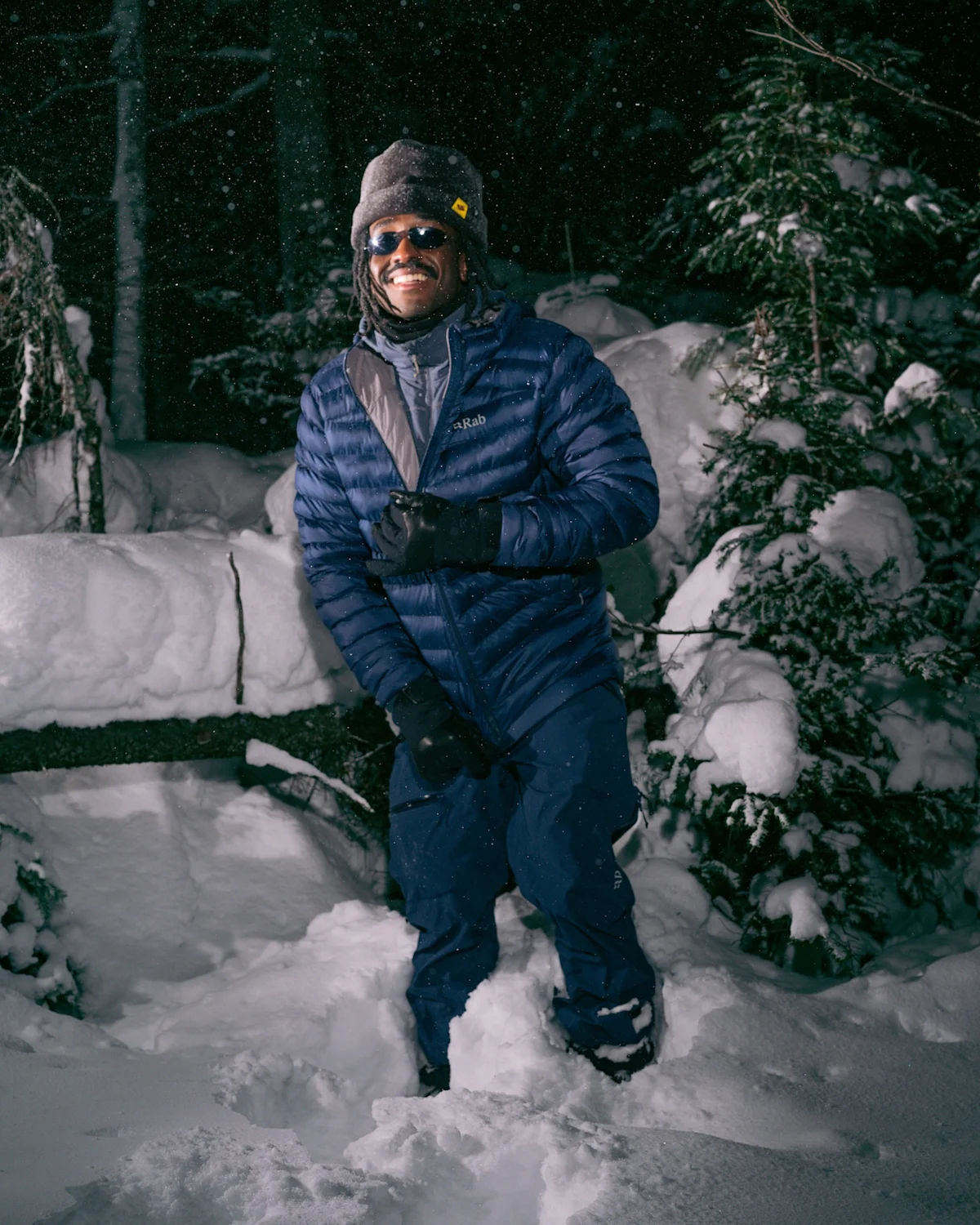
What to Pack for a Winter Trip to the Chic-Chocs
Ready for adventure (and sweets), Miguel and I load our snowboard bags with our snow gear, puffer alpine jackets, boots, and equipment into the back of an adventure-ready Volkswagen Taos. My winter gear tends to land somewhere between functionality and style. I lean towards pieces that not only pack well but keep me comfortable and versatile as much in the mountains as they will in any city or town I pull into.
Good material and a proper layering system are major keys between a miserable and pleasant experience. Being technically equipped is a non-negotiable while exploring in the winter. Always make sure your base layers are fast-drying because whether you’re touring, snowbiking, snowshoeing, or even ice climbing, you’re working up a sweat and you don’t want that cold-moisture to linger.
Pants: I like my pants to be tough, but still flexible enough to keep a full stride while mountaineering. The Rab Equipment Khroma Kinetic pants are built for any switchbacks you might go up while in the mountains in the winter. They’re waterproof, breathable, and layered with a comfort soft mesh on the inside.
Baselayer: A fast drying, hooded, light fabric is a must as the first level of comfort on your skin. The Rab Equipment Force Hoody is perfect for this. Bonus: it's great for summer hikes as well.
Midlayer: I like a midlayer that feels like a fitted blazer, the exact fit offered by the Rab Equipment Modulus Hoody.
Outer Layer: No winter wardrobe isn’t complete without a hardy soulful, big puffer jacket. On most days, I find maximum comfort within the swaddling insulation of the Rab Equipment Cirrus Alpine Jacket. But if it’s dangerously windy, I opt for something with a more hearty exterior coating like the company’s Latok Mountain Pro Jacket. With that latter coat, I size up so that I can move freely even when I’m fully layered.
Headwear: Keeping my locs protected during the winter season is essential. Luckily, my friend Lexi Forsyth founded a great hat company back in 2020. My Switch Fleece Echo has become my go-to for its double layered, polar fleece material that’s both warm and comfy.
Gloves: The Rab Equipment Guide Lite gloves are my preferred solution for maintaining dexterity in below freezing conditions. Because I learned it the hard way: make sure to pack in some liner gloves for more complete warmth. Trust me, you'll be sad you skipped these when you stumble upon an absurdly beautiful vista and can’t feel your fingers enough to take a picture.
Footwear: No matter the condition, no matter the season, I’ve packed my G.H. Bass Emmons Leather Sneaker Boot up and down this continent. The leather not only looks good in the city but has kept my toes cozy while strapped in snowshoes or on a snowbike.
Backpack: The Rab Equipment Khroma Ski Pack is a reliable pack that’s built for the most technical jaunt. At 30 liters, it’s light enough to not weigh you down as you deal with a wide variety of terrain. The sturdy back panel is my favorite feature, it allows easy access to snacks or gear that I might need to take out.









